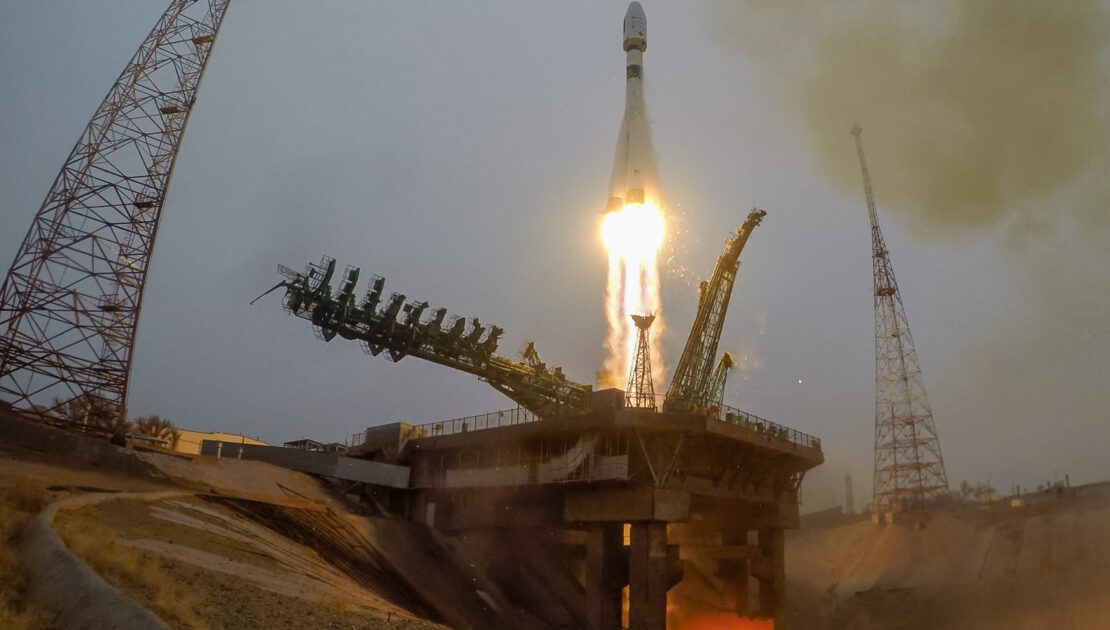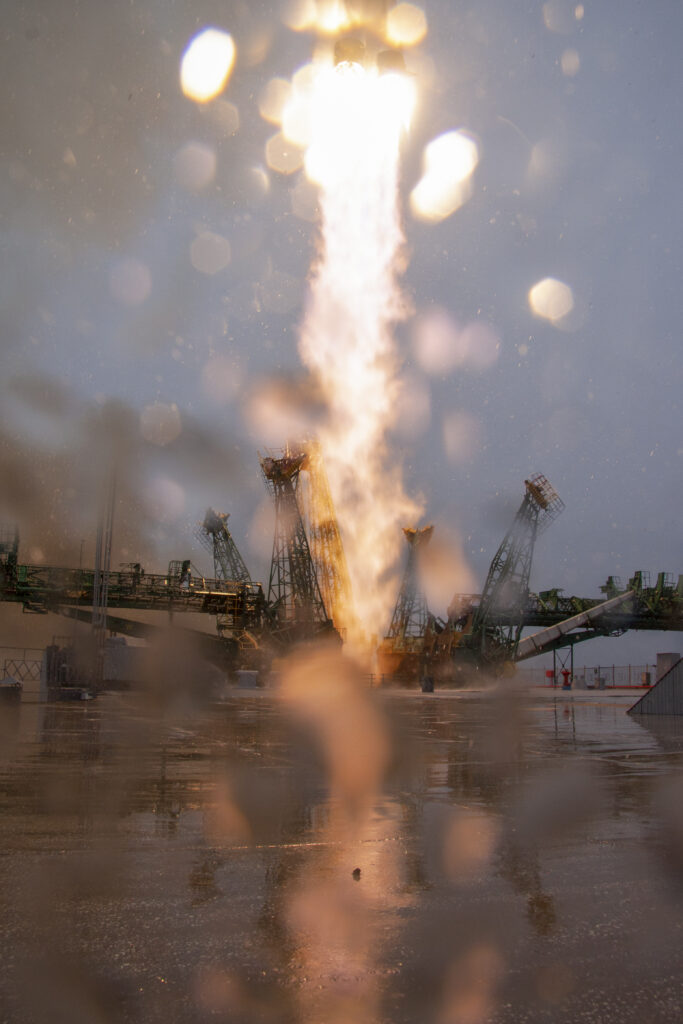Looking back at the ISILAUNCH27 launch campaign onboard Soyuz-2 rocket
Filled with enthusiasm and excitement after a week still, we are happy to look back at the successful ISILAUNCH27 campaign launched onboard the Soyuz-2 last week. Going back to the Baikonur Cosmodrome, a total of 38 satellites were launched by Soyuz-2 with Fregat upper stage, into low-Earth orbit at UTC 6:07:12 last week, to a…

Filled with enthusiasm and excitement after a week still, we are happy to look back at the successful ISILAUNCH27 campaign launched onboard the Soyuz-2 last week. Going back to the Baikonur Cosmodrome, a total of 38 satellites were launched by Soyuz-2 with Fregat upper stage, into low-Earth orbit at UTC 6:07:12 last week, to a Sun Synchronous Orbit.
As part of this first commercial Soyuz launch of our launch partners, the GK Launch Services, ISILAUNCH had manifested a total of 14 satellites on this launch, accommodated in four ISISPACE QuadPack Deployers, which were commanded by our fully redundant iMDC (Modular Deployment Controller) sequencer. We are pleased to present who were part of this Joint Adventure!
- The Asher Space Research Institute of the Technion – Israel Institute of Technology developed three 6U Cubesats, named ADELIS-SAMSON 1, 2 and 3, which were all accommodated on this launch. The ISISPACE QuadPack Deployer slots were customized to specific deployment velocities for each satellite to ensure an initial relative inter-satellite position after separation. The SAMSON satellites will perform experiments on the geo-location of ground-based radio sources.
- The Canadian company Kepler Communications designed and built two 6U CubeSats – Kepler-6 and -7 – for multispectrum communication with both wideband high data-rate communication and narrowband low data-rate communications on board for it and IoT (Internet of Things) applications.
- The Federal University of Santa Maria (UFSM), located in Brazil, together with the Instituto Nacional the Pesquisas Espaciais (INPE), developed their second satellites in the NanosatC-BR series: the 2U CubeSat NanosatC-BR2. They continue the mission of doing Earth magnetic field observation and research on the South Atlantic Anomaly.

- The Korea Microgravity Science Laboratory (KMSL), a 3U CubeSat built by the College of Engineering from Chosun University in Gwangju, in South Korea, was launched under contract with the Korea Aerospace Research Institute (KARI) to perform microgravity experiments in orbit.
- The Astrodynamics and Control Laboratory of Yonsei University, located in Seoul, was in charge of designing a combined mission consisting of a 1U and 2U CubeSat, named Timon and Pumbaa, to jointly generate images of solar corona through a camera system, also launched under contract with KARI.
- A total of four 0,25U CubeSats were built by the Technische Universität Berlin, in Germany, to demonstrate a distributed satellite system with a new UHF communications system, an experimental GNSS receiver, and an optical positioning sensor and a laser reflector for precise orbit positioning.
- For our customer Hiber, also from The Netherlands, we placed their Hiber-3 satellite on this mission, a 3U CubeSat designed by Hiber as part of their second generation of satellites, for further testing towards providing connectivity for IoT (Internet of Things) sensors and devices running on quite limited power for low latency IoT services.
“As a service providing company, it is quite important to us to see so many returning customers on this mission, who entrusted us once again for the launch of their satellites. Glad we could support them to realize their ambitious and crucial missions”, stated Abe Bonnema, ISILAUNCH director and co-founder of ISISPACE. And he continued: “Similarly, we were pleased to be working once again with the already familiar team of our launch partners, GK Launch Services. At ISILAUNCH, we always strive to provide the highest standards of service to our customers, even in such times when everything involving arranging a launch, such as transport and logistics, is a bigger challenge than ever before. We cherish the moment of this success, meanwhile looking forward to the next launch already!”


